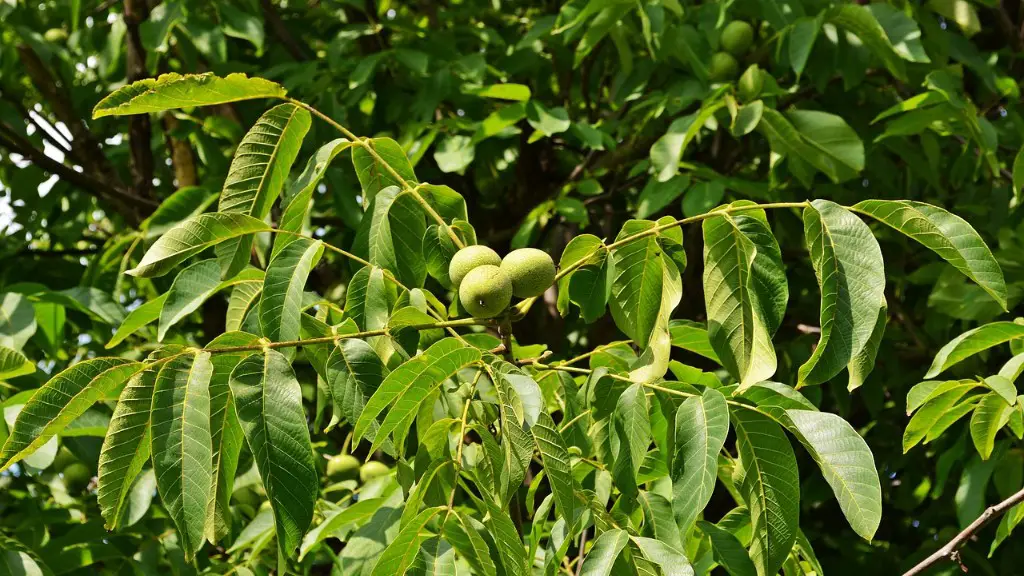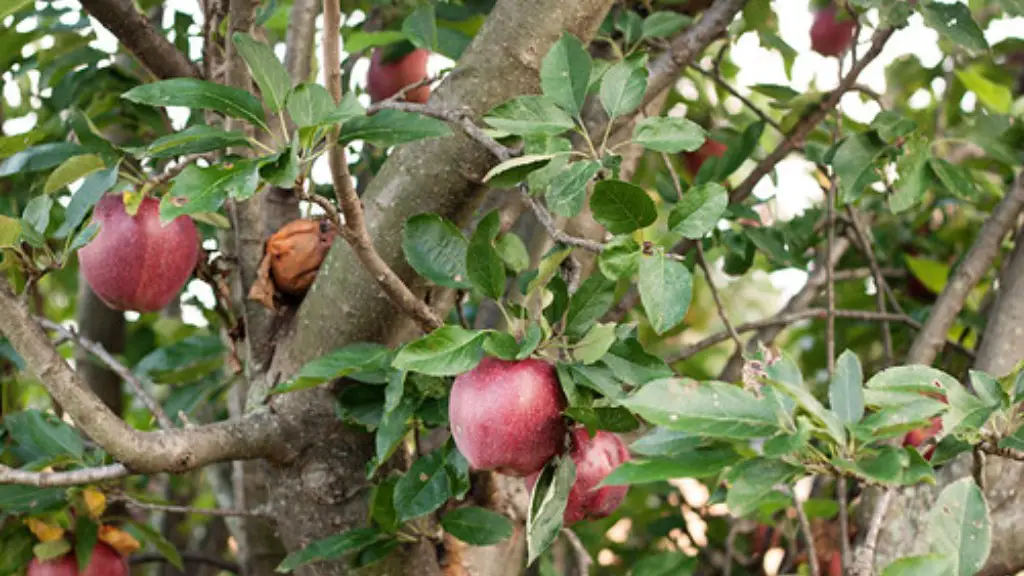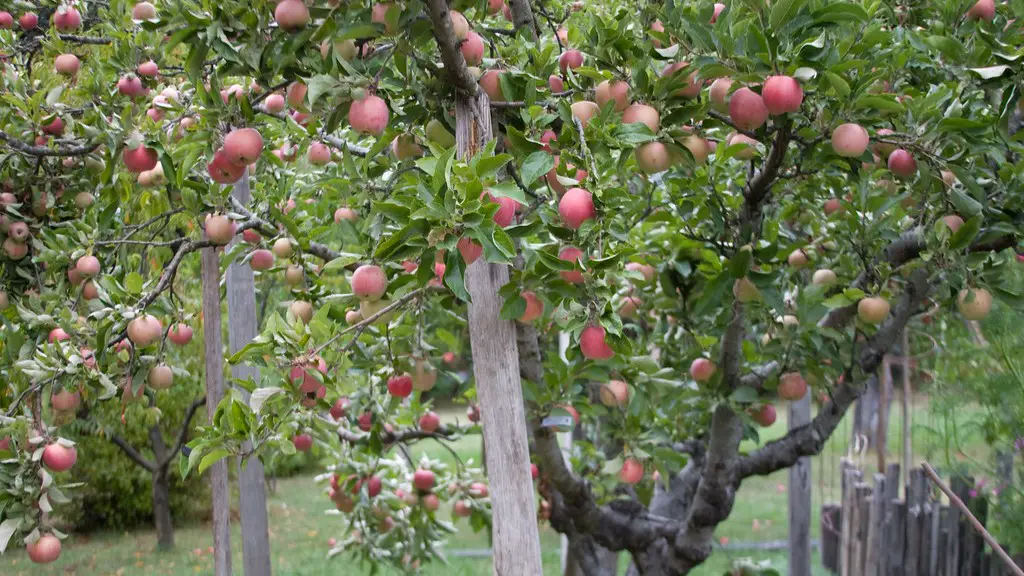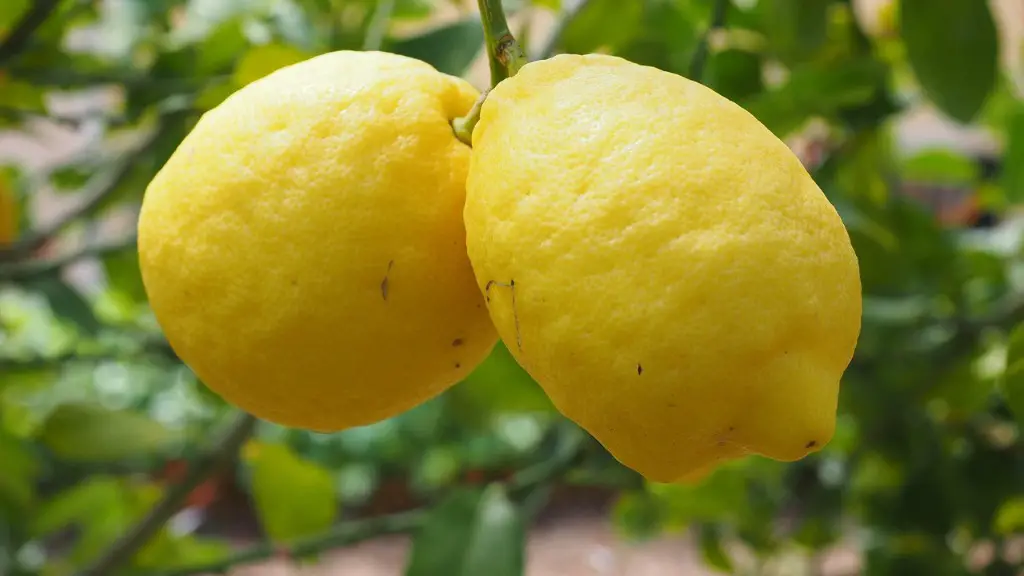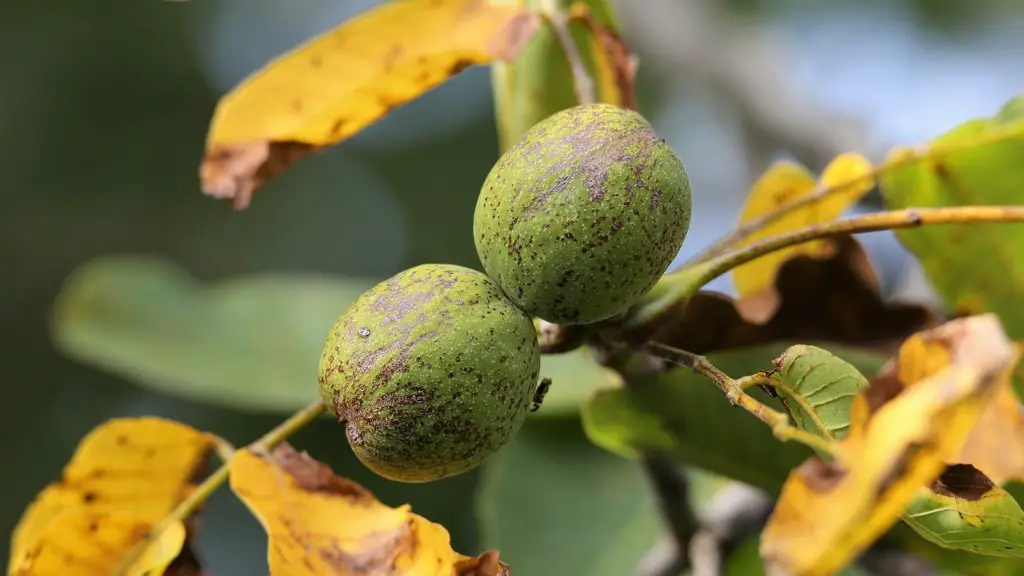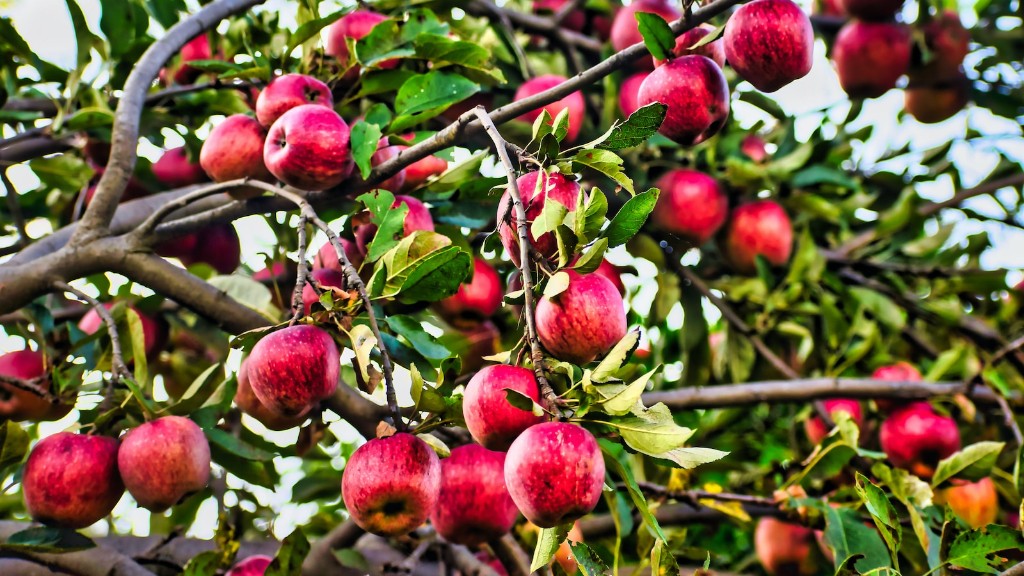Peanuts are one of the most popular nuts in the world, but there is some debate about whether they are actually a groundnut or a tree nut. Peanuts are technically classified as a legume, which is a plant with seed pods that split open when they mature. However, peanuts are often grouped with other nuts because they have a similar nutritional profile and are used in similar ways.
Peanuts are actually not nuts at all, but rather legumes. Legumes are plants that produce seeds in pods, and peanuts grow underground. Nuts, on the other hand, are the hard-shelled fruits of trees and only grow above ground. So technically, peanuts are groundnuts, not tree nuts.
What is the difference between tree nuts and groundnuts?
Tree nuts are a type of fruit that grows on trees, whereas peanuts are a type of legume that grows underground. Tree nuts include almonds, Brazil nuts, cashews, hazelnuts, pecans, pistachios and walnuts.
Peanuts are a type of legume, and are also known as groundnuts, goober peas, and earth nuts. They are native to South America, and are a popular food in many parts of the world. Peanuts are a good source of protein, and are often used in snacks and as a cooking ingredient.
Can you eat tree nuts if allergic to peanuts
If you have a peanut allergy, it is best to avoid tree nuts as well. There is a risk of cross-contamination between the two types of plants, and both can cause allergies. Many allergists advise their patients with peanut allergies to avoid tree nuts to be safe.
Tree nuts and peanuts are both common ingredients in many recipes, but they are actually quite different. Peanuts are legumes, not nuts, and are in the same plant family as other small beans like soybeans and lima beans. Tree nuts, on the other hand, include almonds, cashews, hazelnuts, pine nuts, pistachios, and walnuts. Tree nuts are typically larger and have a harder shell than peanuts. They also have a different flavor and texture, so be sure to use the right type of nut in your recipe!
Why are peanuts called groundnuts?
The term “peanut” is actually a bit misleading, as peanuts are not true nuts botanically speaking. They are actually classified as legumes. Peanuts are also commonly referred to as “groundnuts” in many English-speaking countries since the edible seeds of the peanut plant start to mature underground.
The peanut is a legume crop that is grown mainly for its edible seeds. It is widely grown in the tropics and subtropics, and is important to both small and large commercial producers. Peanuts are a good source of protein, and can be used in a variety of dishes.
What to avoid with tree nut allergy?
Some people are allergic to tree nuts but may not be aware of it because they are found in unexpected places. Some common items that contain tree nuts are breakfast cereals, candy, crackers, cookies, chocolates, energy bars, flavored coffee, frozen desserts, marinade, barbeque sauces, some cold cuts, ice cream, alcoholic beverages (flavorings), lotions, shampoos, and soaps. If you have a tree nut allergy, it is important to read labels carefully and avoid these products.
Peanuts are actually a type of legume, which is an edible seed that is enclosed in a pod. Legumes are in the same family as beans, lentils, and peas. Tree nuts, on the other hand, are produced on trees and include but are not limited to walnuts, cashews, almonds, and pecans.
Why are people allergic to peanuts
Peanut allergy can be a serious, life-threatening condition. If you or someone you know has a peanut allergy, it’s important to be aware of the potential risks and take steps to avoid exposure to peanuts.
There are a number of proteins in peanuts that are not found in tree nuts. Therefore, someone who is allergic to peanuts is not necessarily allergic to tree nuts. However, it is important to be aware that some people may be allergic to both peanuts and tree nuts. If you have an allergy to one of these substances, it is important to avoid both.
What is the least allergenic nut?
A lot of people are allergic to nuts, so it can be hard to find allergen-free nut flavors. However, there are a few companies that make allergen-free nut flavors, including chestnuts, coconuts, hazelnuts, macadamia nuts, pecans, pine nuts, pistachios, and walnuts. These companies use special processes to remove the allergens from the nuts, so that people with nut allergies can enjoy them.
While there is no cure for allergies, it is encouraging to know that some children outgrow them. Peanut allergies are more likely to be outgrown than tree nut, fish, and shellfish allergies. If your child has a peanut allergy, there is a good chance they will outgrow it by age 8. Children with other types of allergies may still have them as adults. However, there are some things you can do to manage your child’s allergies and help them feel better.
Does Chick Fil A use peanuts or tree nuts
Chick-fil-A has been cooking their hand-breaded chicken in peanut oil since the creation of the Chick-fil-A Chicken Sandwich. Peanut oil is fully refined and heat-processed, which makes it a perfect cooking oil for chicken. The chicken comes out juicy and full of flavor, making it a favorite among customers.
Assuming that you would like a note on the safety of Chick-Fil-A for those with peanut allergies:
Chick-Fil-A is generally a safe place to eat for those with peanut allergies. The oil used is 100% refined peanut oil, meaning that the protein from the peanuts has been removed and should not pose a risk for those with peanut allergies. However, as with any restaurant, it is always best to exercise caution and to double check with your server to ensure that your food will be prepared safely.
Does KFC use peanuts or tree nuts?
If you are allergic to soy, you should avoid soybean oil. However, most soy-allergic individuals can safely eat most types of soybean oil. If you have any concerns, please consult with your doctor. Peanuts and tree nuts are not used at KFC.
American groundnut is a tuber from a bean plant. It is used as a replacement for potatoes. You can also eat the beans, flowers, and shoots from this plant.
What are the four types of peanuts
There are four main types of peanuts grown in the US: Runner, Virginia, Spanish, and Valencia. Each type of peanut has its own distinct size and flavor. Runner peanuts are the most common type of peanut, and are grown in Georgia, Florida, and Alabama. Virginia peanuts are larger than Runner peanuts, and have a sweeter flavor. They are grown in Virginia, North Carolina, and South Carolina. Spanish peanuts are smaller than Virginia peanuts, and have a stronger flavor. They are grown in New Mexico and Texas. Valencia peanuts are the sweetest of all the peanuts, and are grown in Arizona and California.
Peanuts are a lovely legume that not only provides a tasty and nutritious food, but also has a range of health benefits. They are rich in protein and fat, making them a great food for both energy and essential nutrients. They are also a good source of dietary fiber, which can help to promote a healthy digestive system. Additionally, peanuts are a good source of vitamins and minerals, including vitamin E, niacin, and magnesium.
Conclusion
There is some debate on whether peanuts are classified as groundnuts or tree nuts. According to the Harvard T.H. Chan School of Public Health, peanuts are technically classified as ground nuts because they grow underground. However, they may also be classified as tree nuts because they are a member of the Fabaceae family, which also includes beans and lentils.
Peanuts are groundnuts, not tree nuts.
